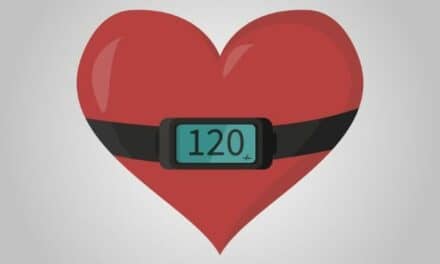Medical device manufacturers have a new standard for “clean.” With the launch of ANSI/AAMI ST98:2022, Cleaning validation of health care products—Requirements for development and validation of a cleaning process for medical devices, manufacturers now have formalized cleaning validation methodology. The document not only advances understanding of and conformance with cleaning best practices but has the potential to have an impact on the design and development of medical devices for years to come.
Nupur Jain, director of sterility assurance and reprocessing at Intuitive Surgical and co-chair of the AAMI Cleaning of Reusable Medical Devices Working Group (AAMI ST-WG93) notes how the standard builds upon previous guidance from AAMI, the U.S. FDA, and other organizations, as well as its close ties to a technical information report (TIR) used by manufacturers, AAMI TIR30.
“AAMI TIR30 covers reusable medical devices, while ANSI/AAMI ST98 has a broader range and applies to devices that require processing before clinical use per the Spaulding scale, including single-use devices that require processing by the healthcare facility prior to use,” Jain says.
“ANSI/AAMI ST98 is built on a lot of other activities, and a lot of the same people have been involved in that, so it is evolutionary,” adds Ralph J. Basile, vice president of marketing and regulatory affairs for Healthmark Industries. “But then it is also revolutionary in the sense that it is really the first document, globally… that gives requirements for device manufacturers as far as what they need to do to validate their cleaning [and ensure] their cleaning instructions actually produce a clean device.”
“Where it’s unique is in specifics for the design of medical devices, and that’s an area that has been very lacking in consistency and scientific content for a long time,” says Gerald McDonnell, BSc, PhD, senior director of microbiological quality and sterility assurance for Johnson & Johnson. “This gives us the opportunity to have the same opinion [on cleaning] across multiple companies across multiple parts of the world.”
ANSI/AAMI ST98 has two sections: normative and informative. The normative section (the main text of the standard) lists the requirements for cleaning validations.
The cleaning validation requirements are as follows:
- Product families
- Cleaning process definition
- Test soil selection
- Test soil application
- Simulating use on samples and types of controls
- Test method validation
- Sample size
- Endpoints for cleaning validation
The content found in the Annexes provides guidance on applying the normative requirements. While the normative content provides important and detailed information on the cleaning validation and what test methods are most suitable for various types of medical devices, the informative content helps guide manufacturers on providing end users with validated processes.
Once ANSI/AAMI ST98 gains a critical mass of industry adoption, Basile and McDonnell anticipate that manufacturers will consider cleaning from the start, building cleanability into their designs for new or updated devices. They also suggest that training—and, potentially, certification—of processing professionals will become more stringent. There’s also optimism that ST98 will help inspire a similar international standard, helping companies with global sales further streamline their cleaning, validation, and instruction processes, and encouraging them to continue to push for stronger cleaning practices in healthcare facilities around the world.
“I’m looking forward to having a little bit more clarity on what’s required and what is considered acceptable in the design of devices, and that will also help in the regulatory approval of devices,” McDonnell says. “I think that will overall have an impact of streamlining the development process and having more consistent products in the marketplace that would be safer for patient use.”





